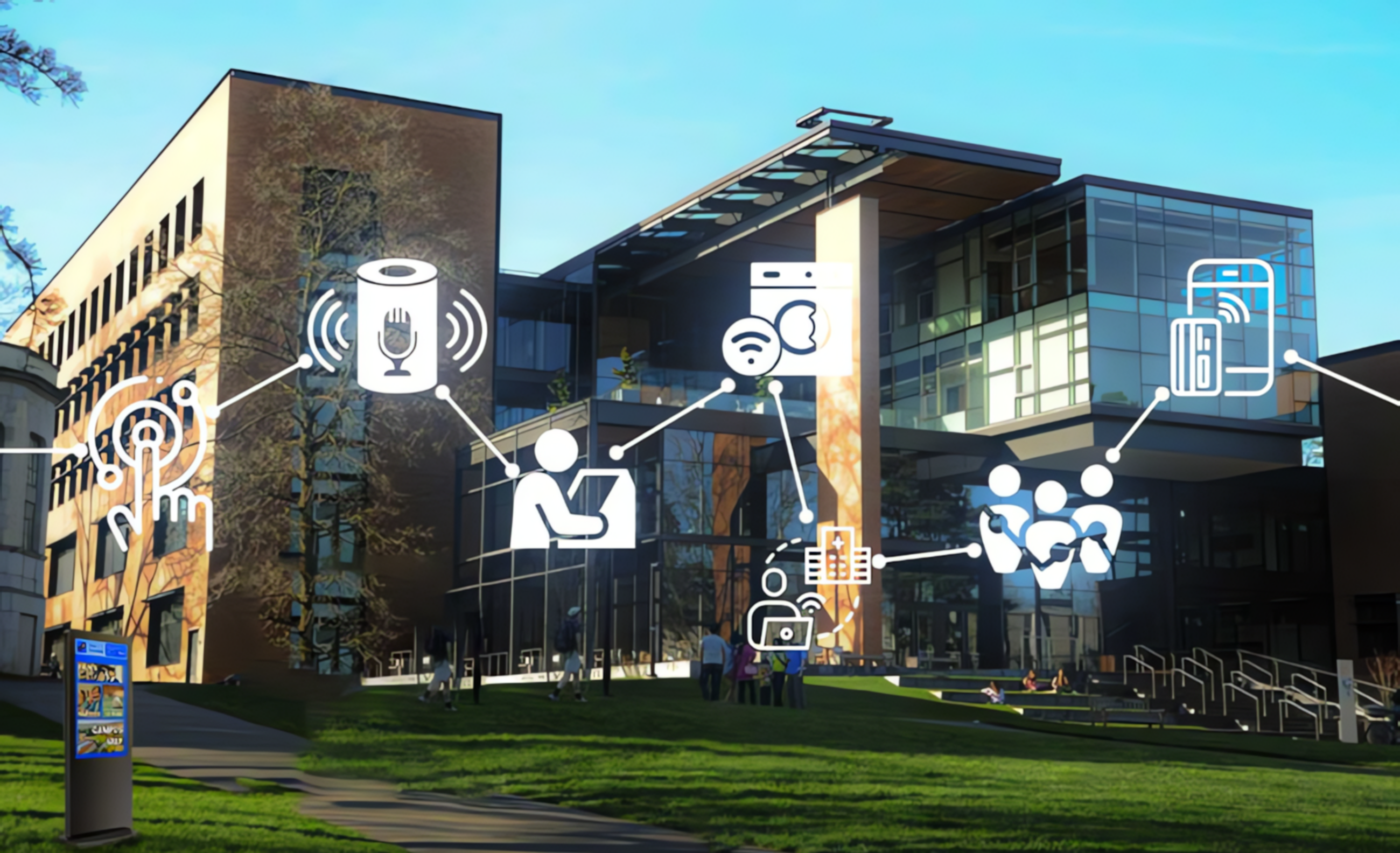-
Solutions
-
Products

UnisoftUK
Visitor Management Screen

UnisoftUK
Park and Locker

UnisoftUK
Desk Booking Screen
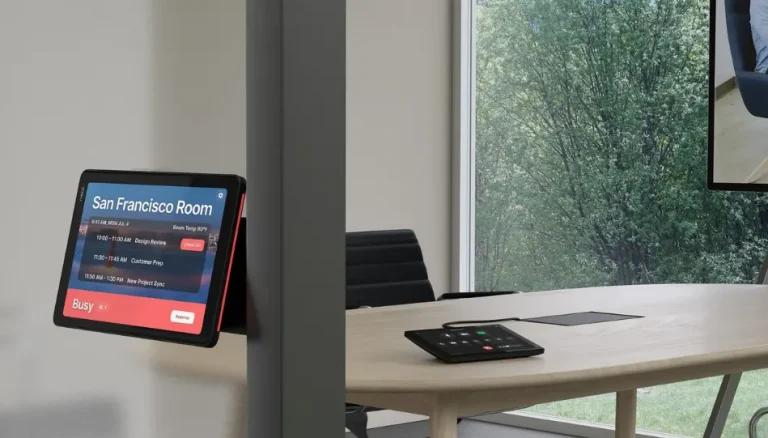
UnisoftUK
Room Booking Screens

UnisoftUK
Augmented Reality

UnisoftUK
Elevator Information Screens

UnisoftUK
Digital Header

UnisoftUK
Media Players
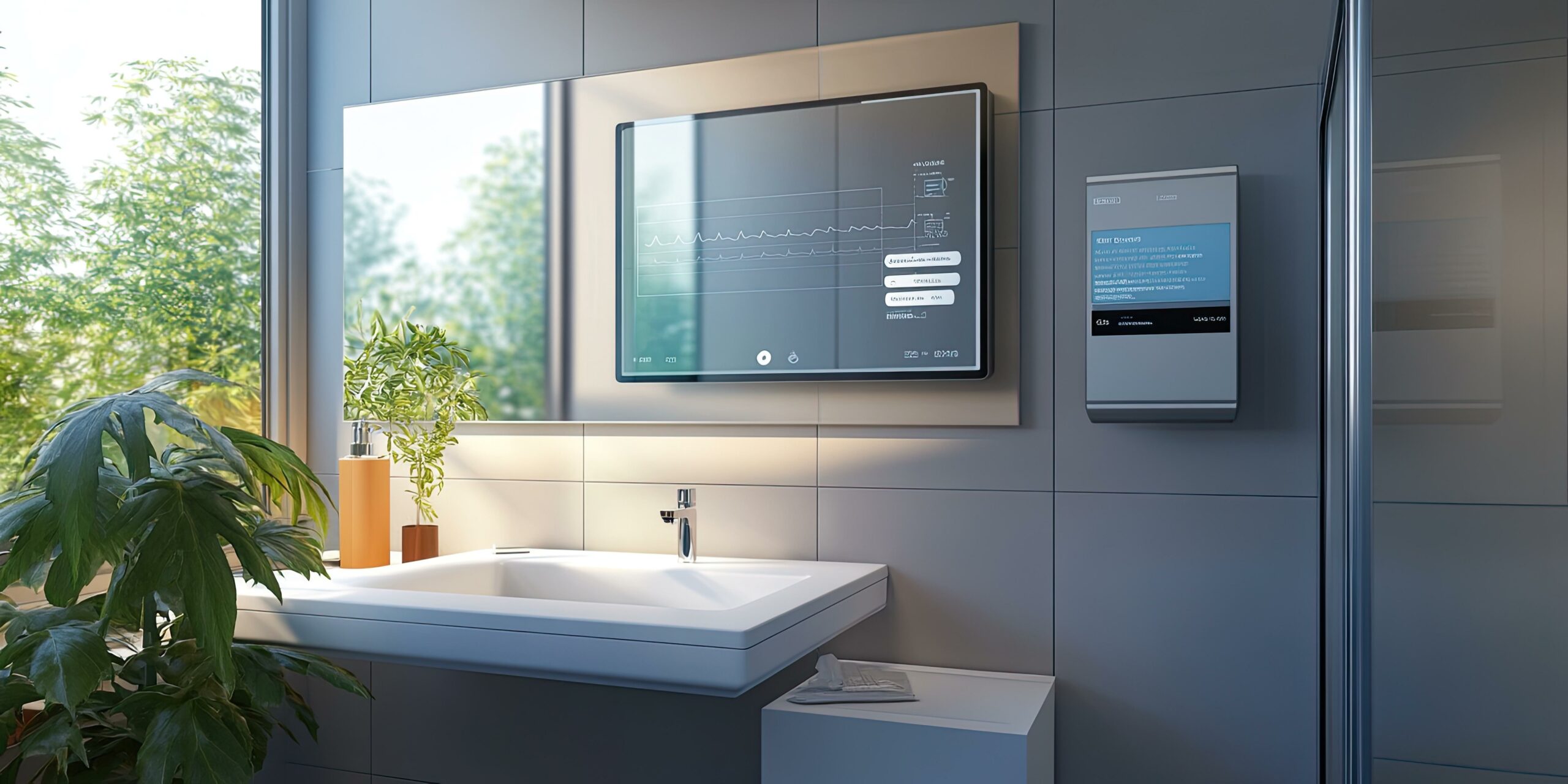
UnisoftUK
Mirror Screens

UnisoftUK
Information Kiosk Screens

UnisoftUK
LED Screens

UnisoftUK
Transparent Screens

UnisoftUK
Outdoor Screens

UnisoftUK
In-Store Screens

UnisoftUK
Front Door Screens

UnisoftUK
Front Door Kiosk

UnisoftUK
Menu Board

UnisoftUK
Digital Label
UnisoftUK
Photobooth Screens

UnisoftUK
Feedback Screens

UnisoftUK
QSR Screens

UnisoftUK
Wayfinding Screens

UnisoftUK
Touch Screens

UnisoftUK
Internet of Things (IoT) Products

UnisoftUK
IPTV and In-Room TV Solutions

UnisoftUK
Meeting & Conference Products

UnisoftUK
Electronic Shelf Labels

UnisoftUK
Queue Management Solutions

UnisoftUK
Feedreen

UnisoftUK
Interactive Screens
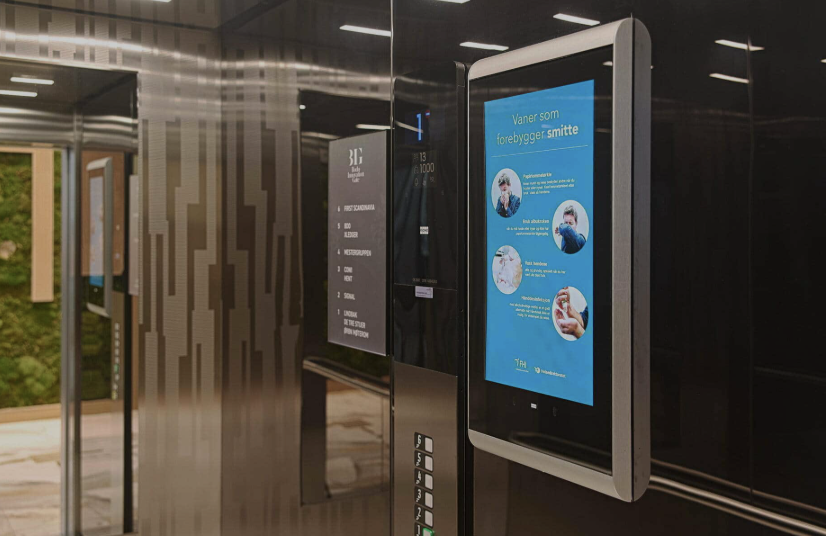
UnisoftUK
Liftreen
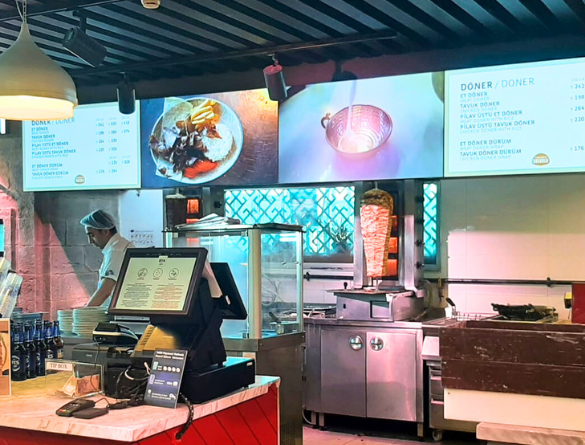
UnisoftUK
Corevo Order

UnisoftUK
Real-Time Monitoring & Management Services

UnisoftUK
Graphics and Video Animations

UnisoftUK
Current News Service Solutions

UnisoftUK
Automation System

UnisoftUK
Sound System

UnisoftUK
Video Conference

UnisoftUK
Presentation System

UnisoftUK
Digital Desk

UnisoftUK
Self-Checkout

UnisoftUK
Tablet Menu

UnisoftUK
Loyalty System
UnisoftUK
Mobile Order

UnisoftUK
Web Order

UnisoftUK
Self Service Order

UnisoftUK
Service Management

UnisoftUK
Label Screens

UnisoftUK
Menu Management

UnisoftUK
Dual Screens

UnisoftUK
Shelf Display

UnisoftUK
Content Management

UnisoftUK
Lift and Learn

UnisoftUK
Second Screen
UnisoftUK
Courier Order
UnisoftUK
Smart Tills
-
Projects

